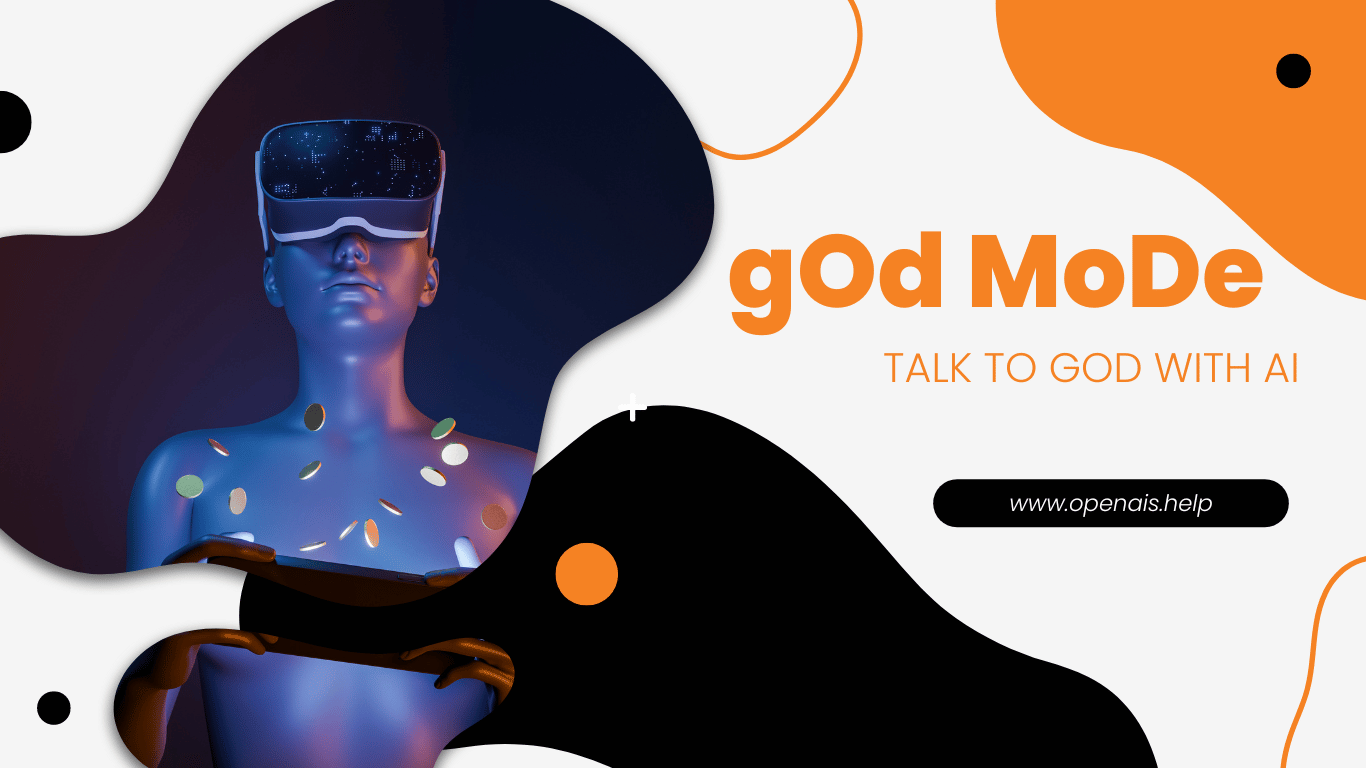AI in architecture design

introduction
AI (Artificial Intelligence) in architecture design simply means the combination of advanced computational technologies and algorithms to help architects, designers, and communal planners in different areas of the design process. The fusion of AI in architecture has the ability to improve creativity, enhance efficiency, and advance building performance, and assist acceptable and user-centric designs.
Artificial intelligence in architecture is gaining resistance with tools in Mechanized features of image production, illustrative design, rural planning, interior layout, and more. As AI possibilities in architecture is becoming more and more worldly-wise, architects will be able to hold on to more curatorial duties.
It is based on computer programs that imitate human perception to solve various issues and reply dynamically to stimulus. A case is machine learning, it refers to an AI system’s capability to recognize patterns and learn from them, by improving its cognition capability not needing human interference.
spatial inputs, and restructure floor plans energetically as walls and separation are moved—basically automating mundane, omnipresent design tasks. AI engineers are engaging on combining natural language text-based interfaces, like ChatGPT, in AI architecture materials like these. AI-assisted floor-plate age is a species of flexible design, which is long-established in architecture to create endless approved differences.

here are some ways AI is being used in architecture design
-Generative Design
the generative design tools permit architects to insert specific variables and limitations, such as site conditions, building codes, and prospect requirements, and then use algorithms to inspect various design alternatives. The AI can create and assess various options, helping architects in finding new solutions that haven’t been considered otherwise.
-Development
AI can develop building designs for numerous factors, such as energy regulation, organizational stability, and cost-effectiveness. By inspecting large amounts of data and running copies, AI algorithms can identify the most logical and sustainable design layout.

-Performance Prediction
AI can imitate and predict the performance of a building, taking into account like thermal behavior, daylighting, and airflow. This aids architects understand how their designs performance will be in real-world terms and make knowledgeable decisions to enhance owner comfort and energy efficiency.
-Human-Computer Collaboration
most AI tools are been designed to cooperate with human designers, giving suggestions and development as architects work on their designs. This engaging process can result to more well organized and creative design replications.
-Building Planning and Project Management
AI can help in building planning by optimizing schedules, resource allocation, and planning. It can also support in monitoring and supervising construction progress, recognizing prospective issues, and enhancing overall project management.

benefits of using AI in architecture design
1.Faster Design Exploration
AI-driven procreative designs permits architects to explore a large volume of design alternative quickly. Simply By computerizing the age and evaluation of option designs, architects can effectively consider a wide range of probability and identify the most assuring solutions in less time.

2.Improved Creativity
Improved Creativity: AI can tend as a source of inspiration by enabling architects with new design ideas and extracts from large databases of historical and modern architectural works.
3.Increased Sustainability
Increased Sustainability: With AI’s capacity to analyze data and replicate building performance, architects can generate more tolerable designs by reducing energy consumption, reducing trash, and using environmentally friendly equipments.

4.Risk Reduction
AI’s capability to predict building performance and imitate various scenarios allows architects to know potential risks and issues early in the design period. This aid to prevent costly moderation and redesigns later in the project.
conclusion
While AI brings various benefits to architecture design, it’s crucial to remember that its successful combination relies on a balance between human creativity, knowledge, expertise, and the potential of AI tools. Architects remain at the forefront of the design stage, using AI like a powerful tool to increase their skills and generate better architectural designs.










